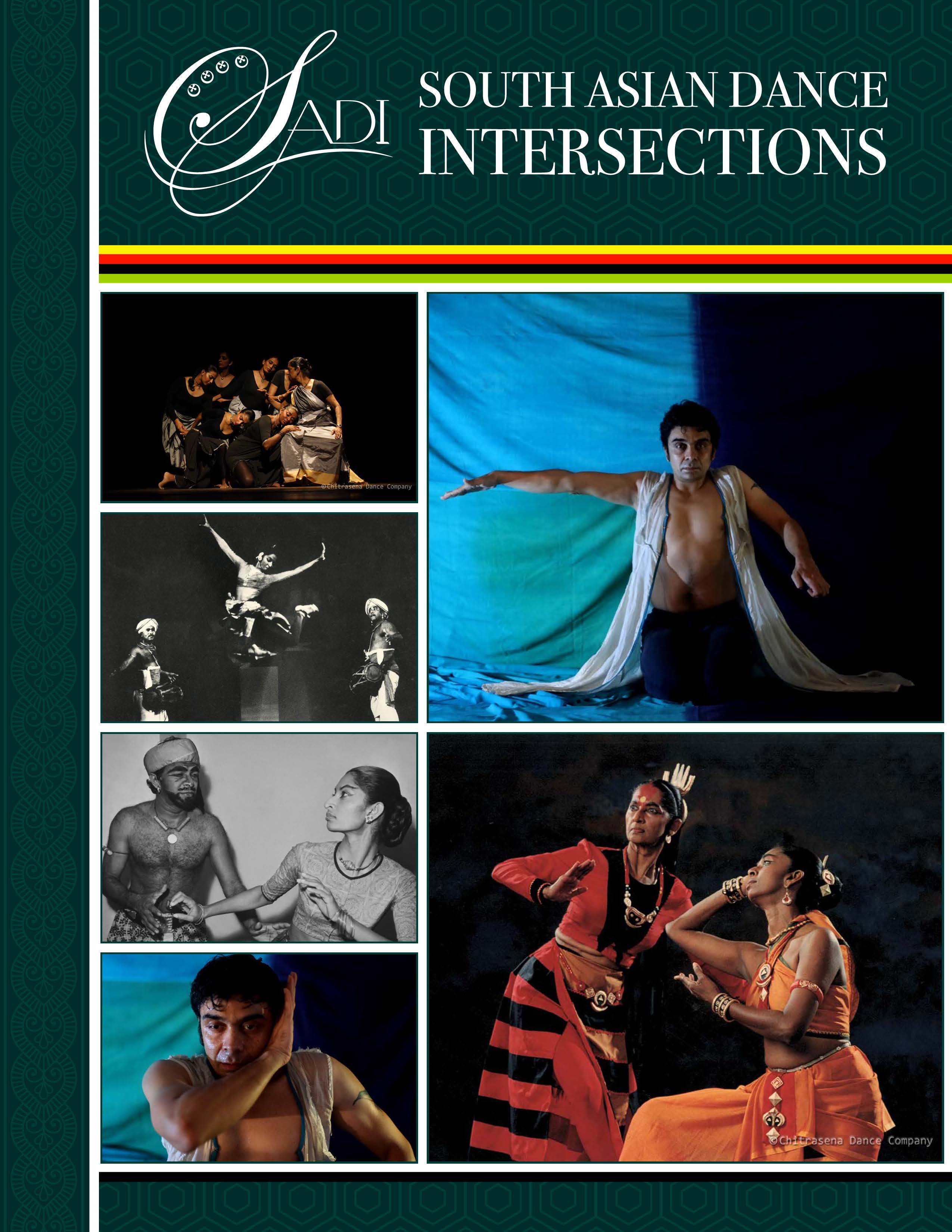Rethinking Endings: Amany’s Persistence
DOI:
https://doi.org/10.55370/sadi.v1i1.1473Abstract
This article relies on reflexive ethnographic methods to theorize artistic and creative ownership claims. It seeks agency for three women through writing and concrete production performance with a live audience. Focusing on the performance Encounters—a production based on the life story of the dancer, Amany of the early and mid-nineteenth century, I explore the history of a group of Indian dancers from Puducherry and Yanam who were taken to Europe in 1838 to perform at numerous European venues.1 By revisiting the repertoire performed by them and the representation of the dancers, I argue that these dancers were and remain misrepresented in the historical record as Devadasis (“servants of god”), generally misunderstood to be prostitutes. These Devadasis were termed “La Bayaderes” to mean “a female dancer” in French. Autoethnography revealed facts that make these women at once relevant to the present-day performing artists in particular and society at large. This article is also a narrative of women claiming their little-known platform, as three histories of Amany, Mangatayaru, and I come together.


